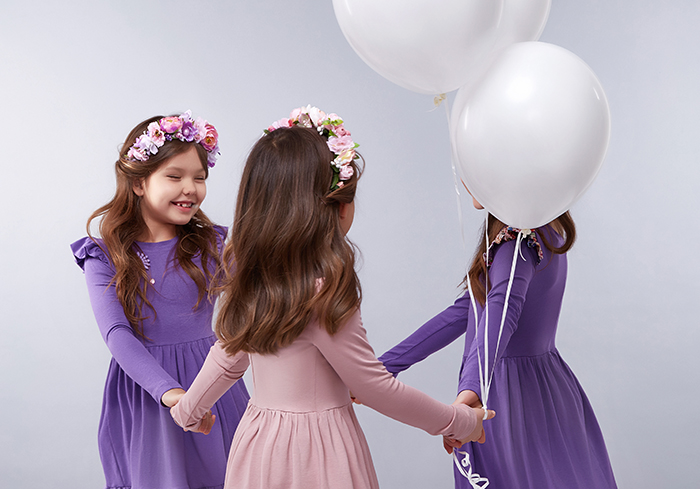
When children misbehave, there’s often a reason for it, according to experts, who point out that understanding the behaviours can help you manage them more effectively, especially during play time. “Our bodies want to be in balance and, ideally, we seek out what we need when we need it. When we are hungry, we eat. When we are thirsty, we drink.
“But when it comes to children whose sensory and nervous systems don’t process efficiently or effectively, this restorative balance may simply look like bad or undesired behaviour,” says Ellen Metrick, a toy design consultant and an expert contributor to TheGeniusofPlay.org, who has a background in special education. During play time, children who are under-stimulated may seek out sensory stimulation by spinning around repeatedly or intentionally banging into walls or even other children. Children who are over-stimulated may get agitated and retreat from sensory stimulation by crawling under tables.
While playtime is when some of these behaviours may be exhibited, it’s also a chance for parents and caretakers to help children regulate their sensory system,” says Metrick. “Remember that every individual is different, and if something isn’t working for your child, you can tweak the activity to fit his or her needs.” To help, Metrick and The Genius of Play, an initiative whose mission is to raise awareness about the importance of play and help parents make play a critical part of raising their kids, are offering three ideas for activities that will give a needed boost to children who are under-stimulated and crave more sensory stimulation:
Climb on a jungle gym
Hanging on monkey bars and climbing ladders use a child’s own body as resistance to send signals to the brain and help organise the nervous system.
Have a dance party
Games like freeze dance and musical chairs add structure and auditory processing to play. Children receive feedback from their muscles and joints with every step they take.
Pop some bubbles
Jumping up and down on a sheet of bubble wrap can be great fun and the deep pressure will trigger sensory receptors, telling the brain how to control movement and postural balance. For children who are over-stimulated and need a bit less distraction, consider these three ideas for helping kids focus:
Tone down the sound
Removing extraneous sounds, like music, television and the whirring of a washing machine, may lessen distracting stimuli and improve the child’s focus and engagement in the activity.
Play at a table
Using a placemat or cookie sheet under the toy or activity at an empty table provides visual boundaries for focused play. It helps to have feet firmly planted on the ground, rather than dangling, so consider using a child-sized play table.
Create a quiet area
Adding soft pillows and blankets to a cosy corner gives children a space to seek respite from environmental stimuli.
Whether your child requires more noise and excitement to satisfy energy needs or less to reduce feelings of anxiety and stress, there are ways to tailor playtime to cater to those individual needs.